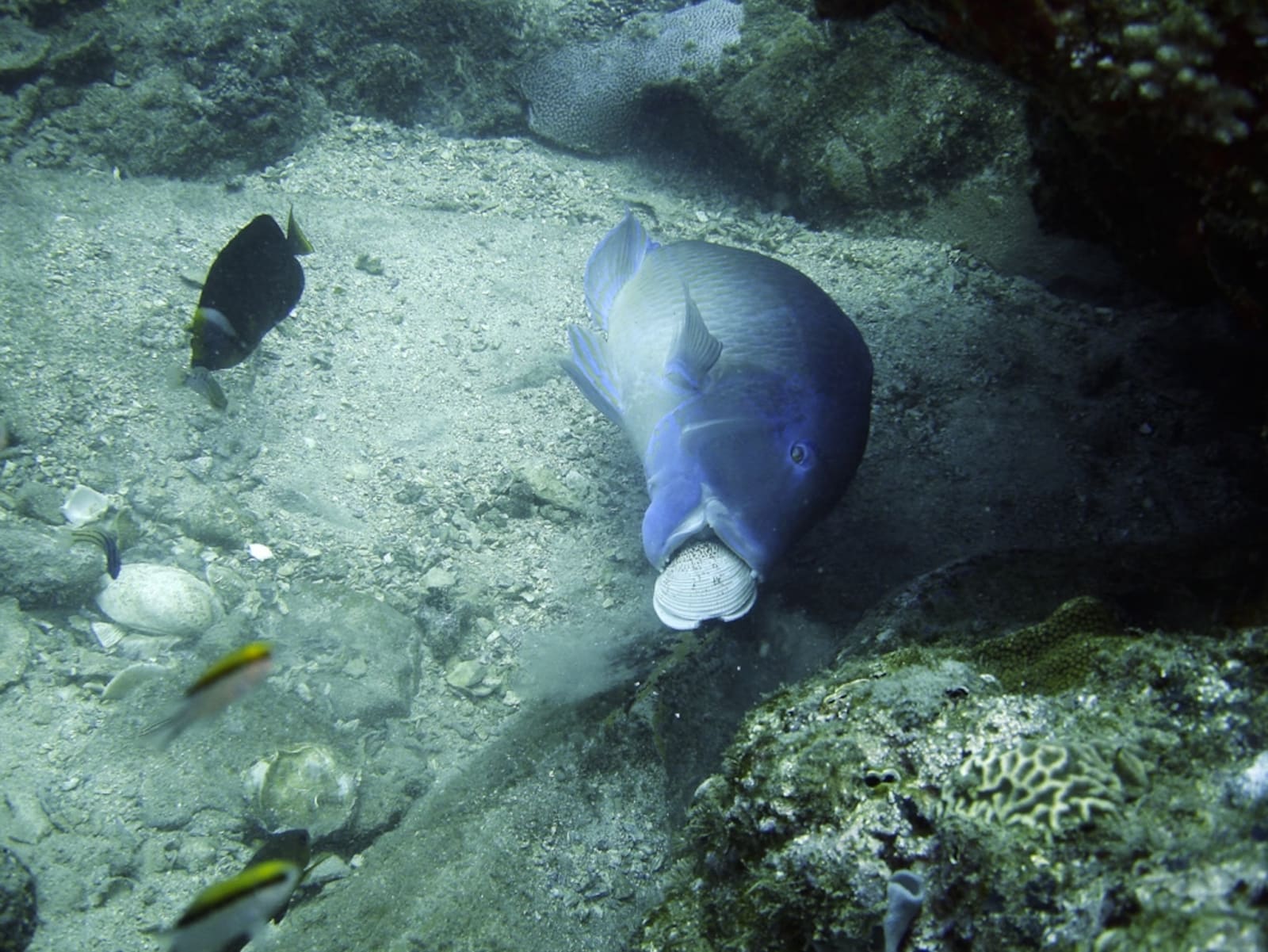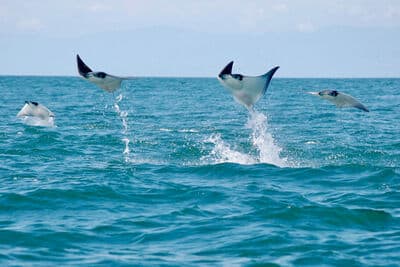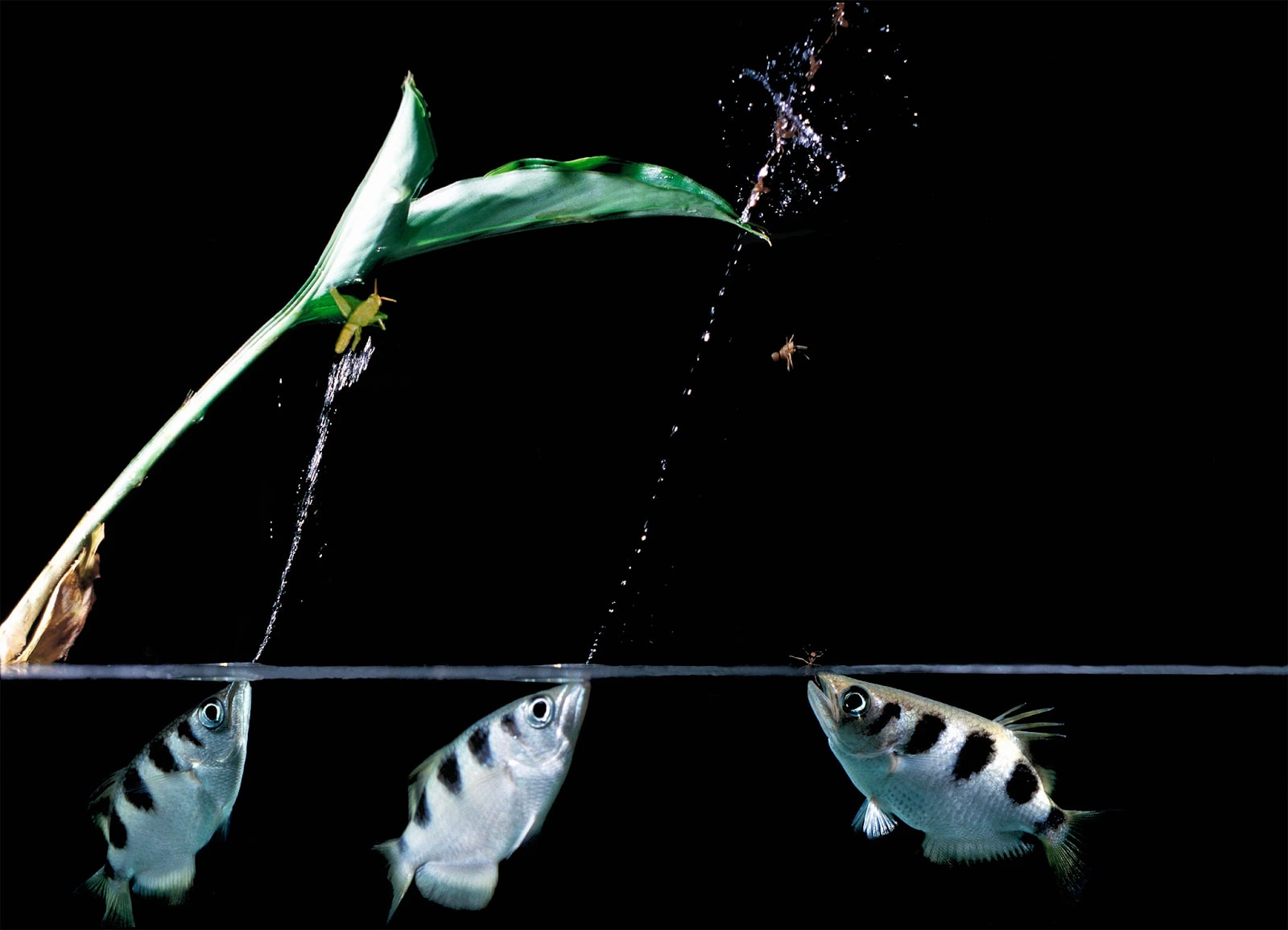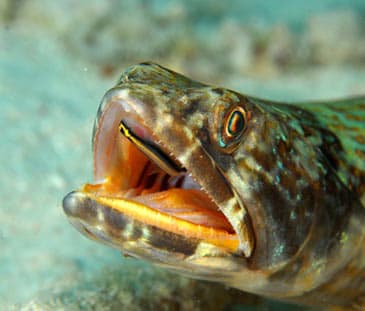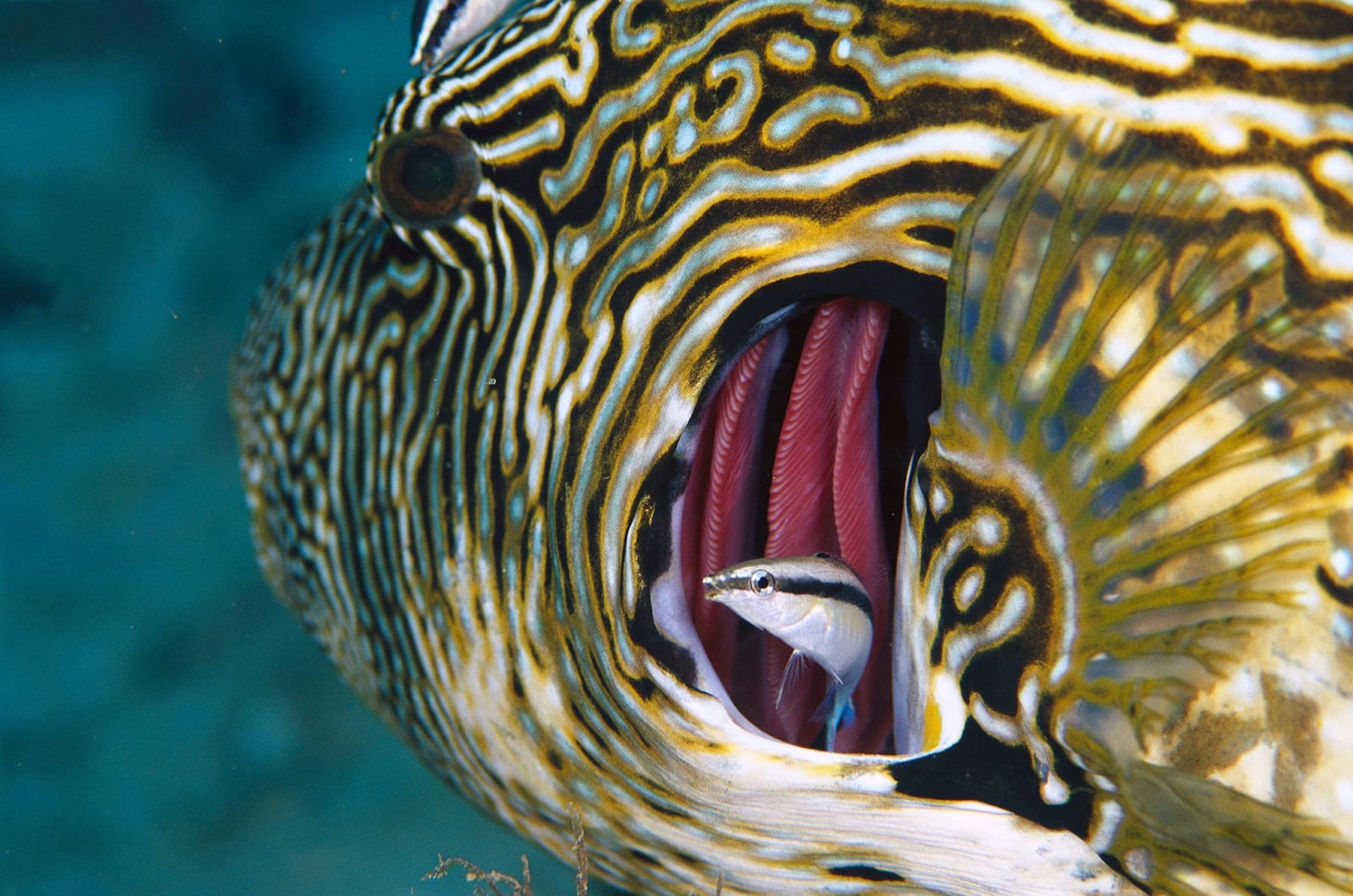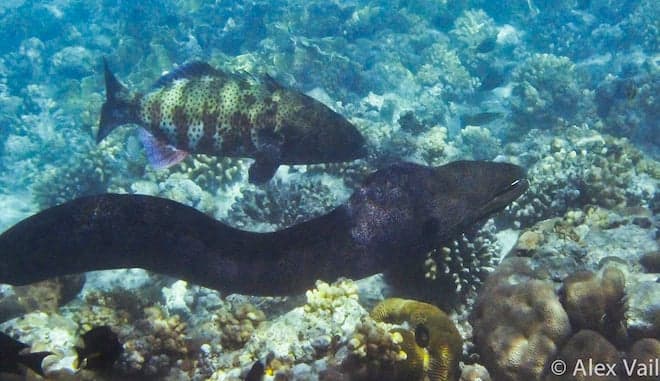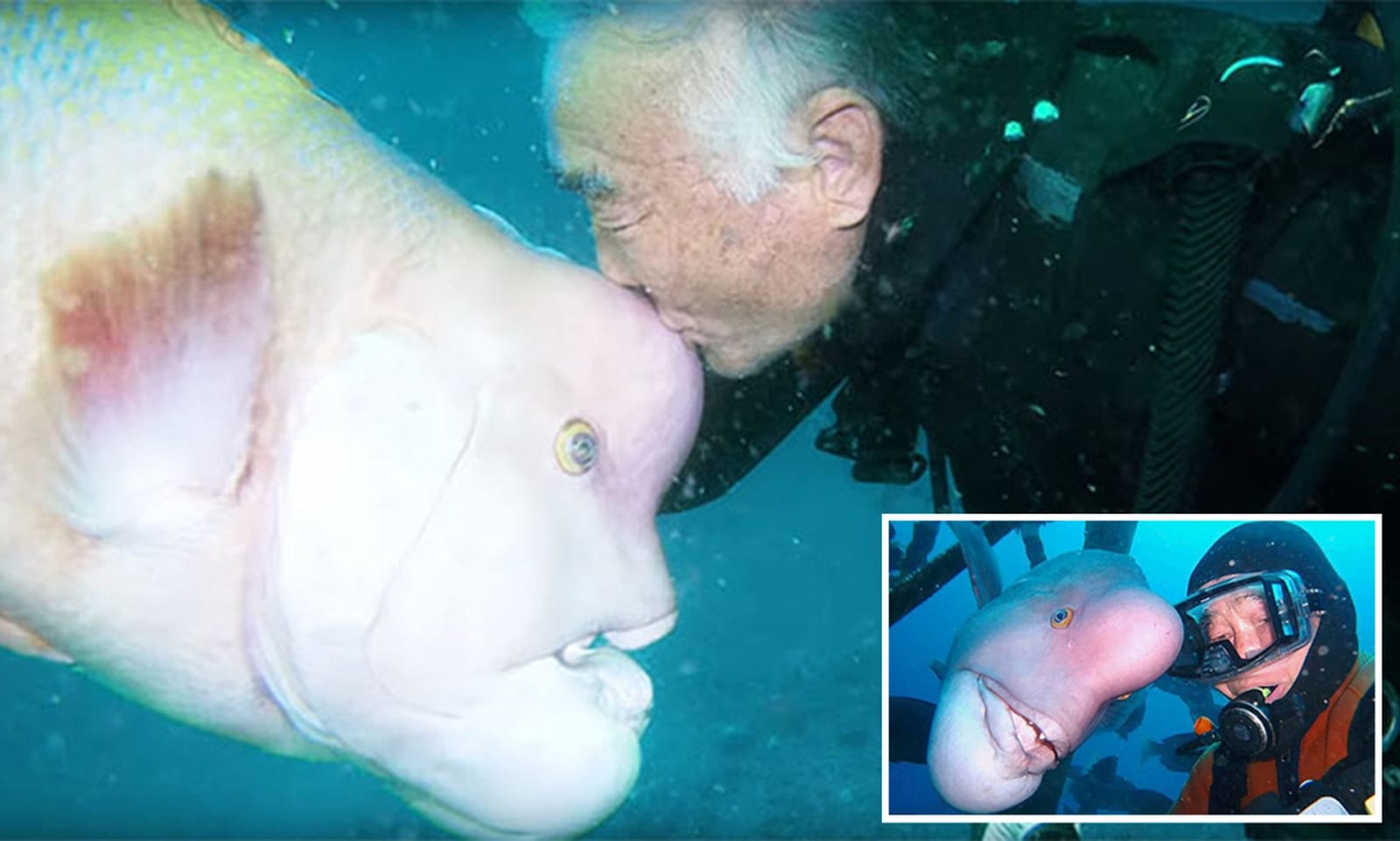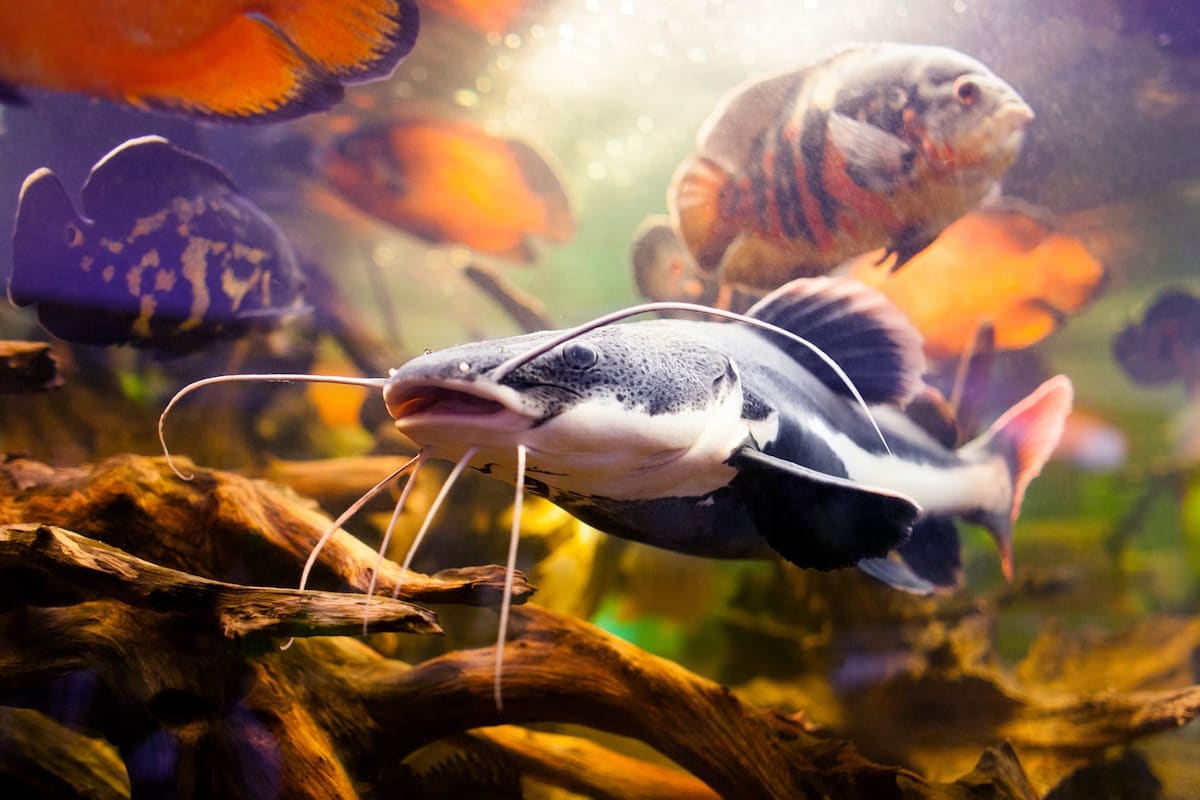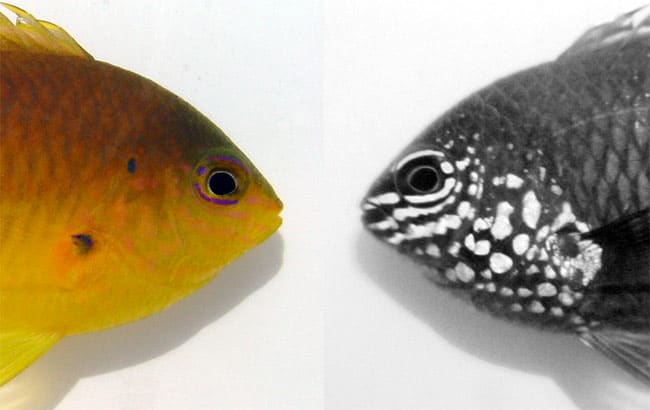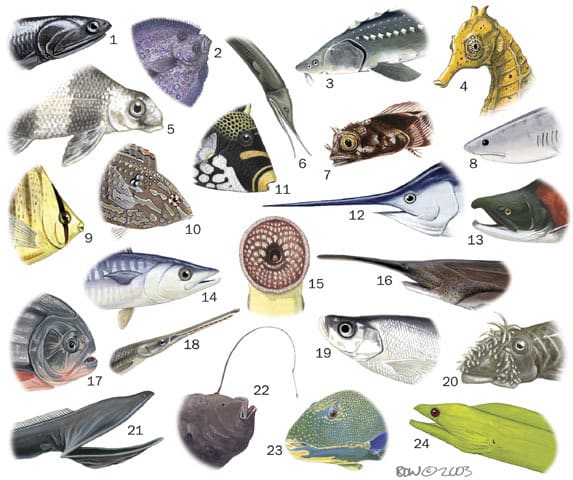Fish Have Surprisingly Impressive Mental Capabilities
By Damin Curtis🔹 @ 2025-10-27T22:10 (+56)
Improving the welfare of farmed fish is probably some of the most cost-effective near-term suffering reduction work the EA community engages in.
To celebrate the EA community's amazing work for trillions of fish around the globe, here's a list of ten surprising fish behaviors and capabilities! Hopefully this list will help you/others appreciate the diversity, intelligence, and sentience of fish. Many of these examples are drawn from the excellent book on fish intelligence, What a Fish Knows by Jonathan Balcombe. Enjoy!
1. White-spotted pufferfish spend many hours constructing and maintaining their circular nests.
2. Fish’s lack of hands means they are more limited in their tool use. Here, a blackspot tuskfish on the Great Barrier Reef uses a rock as an anvil to bash open a clam.
3. It is not known why mobula rays leap above the water. Some scientists argue that, like many other animals’ pleasure-motivated behaviors, they may enjoy doing it.
4. Archerfishes, which shoot water to knock down prey (requiring observation and skill), hone their skills through practice and by observing other archerfish. They have been shown to recognize individual humans’ faces (captive archerfish were shown pictures of human faces, and had to shoot the right one for a reward).
5. Cleaner Wrasses form complex relationships with a wide variety of client fish, building trust that allows them to clean sensitive areas of client fish. Client fish have been documented observing the behavior of multiple cleaners before picking one and show increased frustration if a trusted cleaner takes advantage (e.g. by picking off useful mucus membrane). Cleaner fish can remember a large number of individual clients, and may gently rub clients with their bodies to soothe them and build a stronger relationship.
6. Groupers use body shimmies and head-pointing gestures to invite moray eels to cooperatively hunt with them in the Mediterranean sea.
7. Some fishes grow to trust familiar divers or other humans. Fish have been filmed approaching divers or their owners’ faces/hands seemingly to interact, caress, or play.
8. Compared to many land animals, fish communication is less facial, and many of their sound communications don’t travel well through air, making it more difficult for humans to understand or empathize with fishes’ internal experiences. Most fish also perceive stimuli that are undetectable to human without specialized equipment, including a broader visual color spectrum, and chemical or electrical signals.
9. Individual recognition is widespread among fishes. Ambon damselfishes recognize each other by facial patterns visible only in the ultraviolet spectrum. Here are two portraits of the same fish, with the UV image on the right.
10. Fish, as a group, are older and more diverse than all vertebrates combined, so it makes sense that they have developed a wide range of capabilities. They face and overcome challenges that are often as complex as those faced by animals on land. Many people are not surprised to hear about intelligent behaviors in other aquatic animals like sea mammals or cephalopods, but are surprised to learn about some evolved mental capacities in fish.
Thanks for being a part of the EA community, which has produced some of the world's most impactful fish welfare work!

